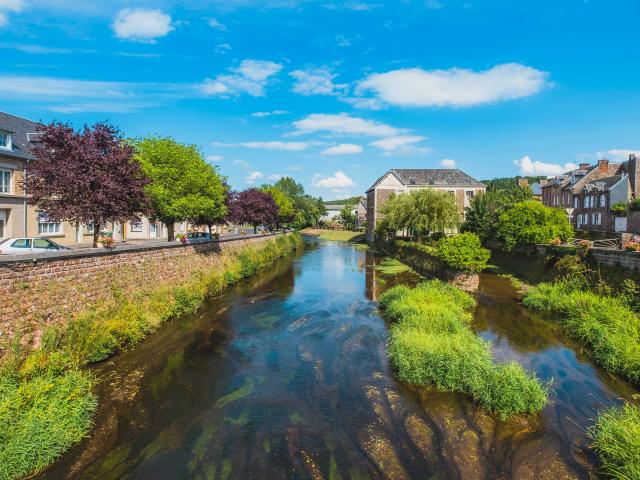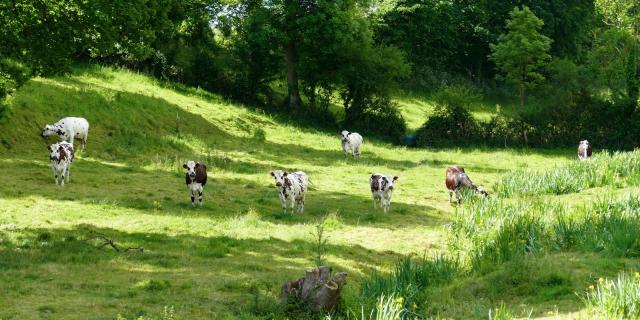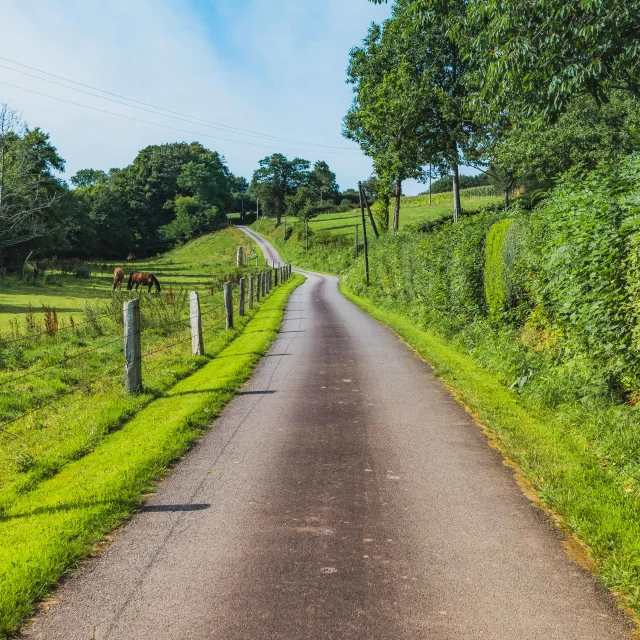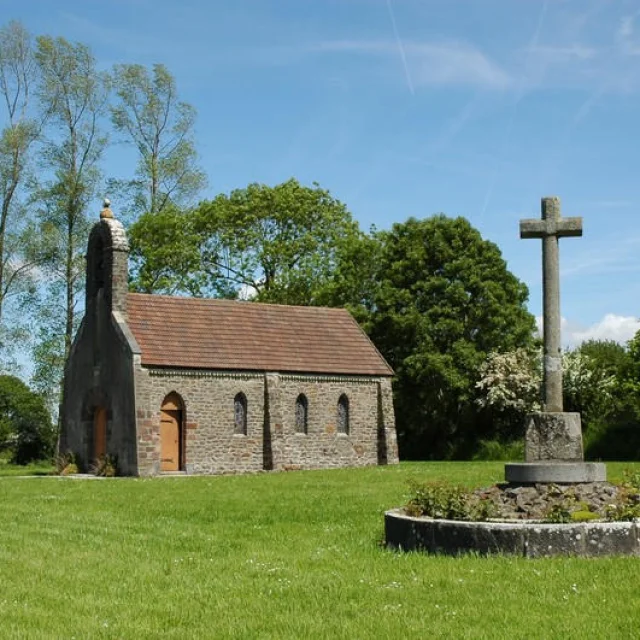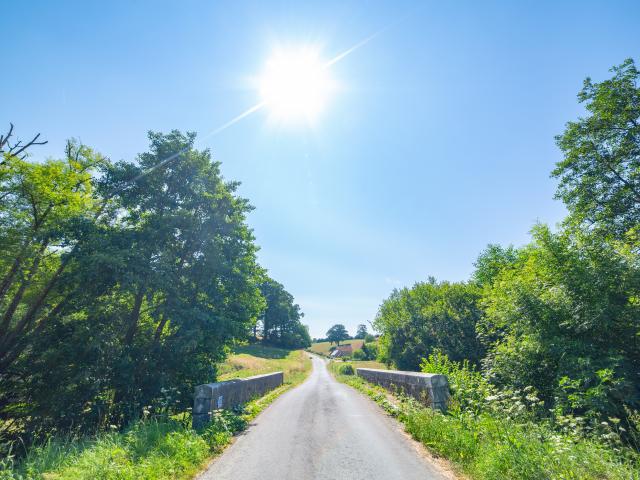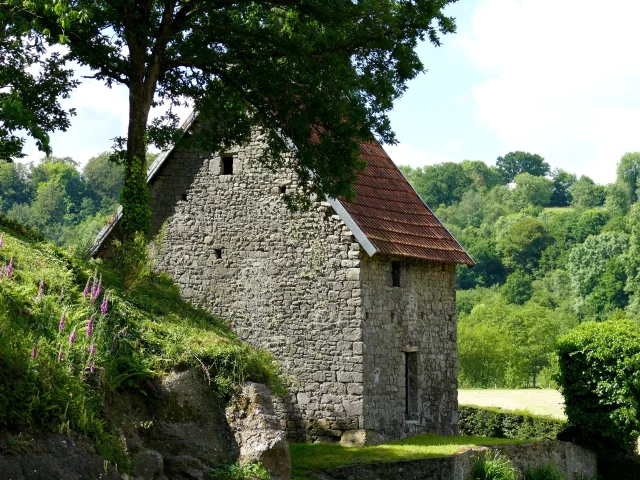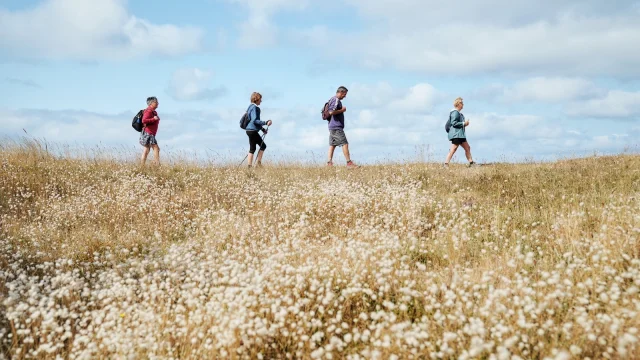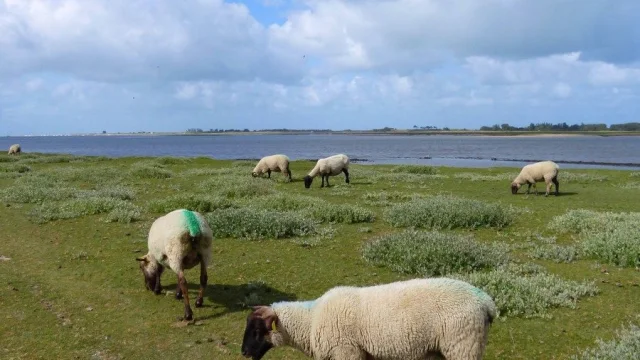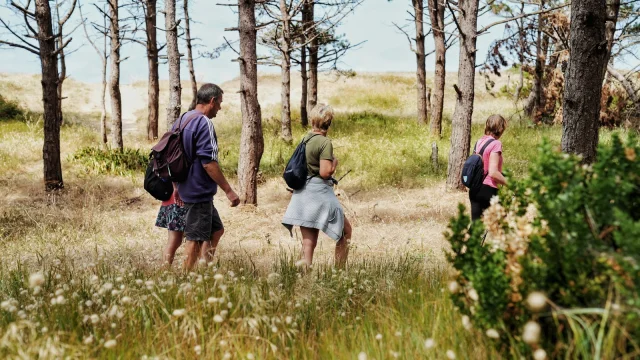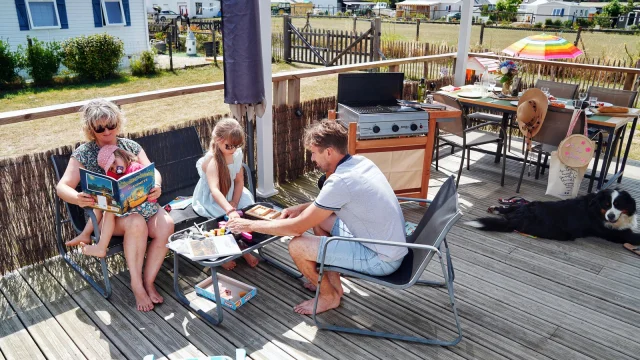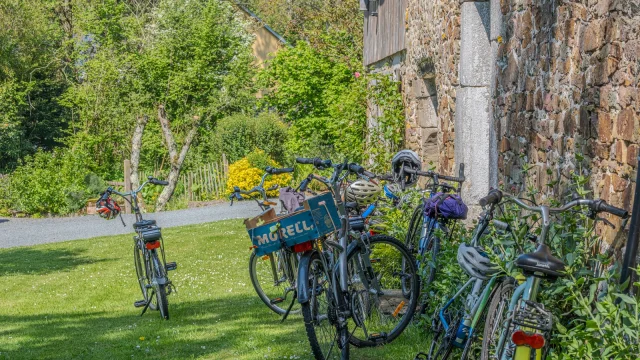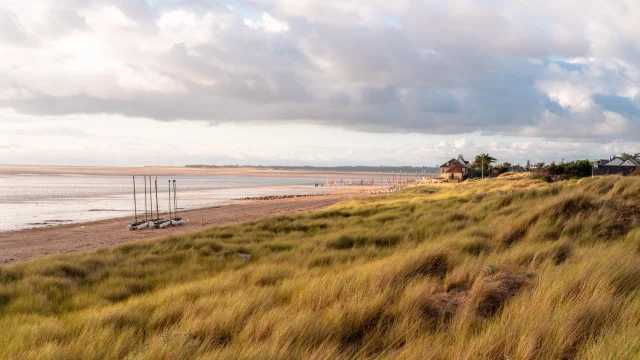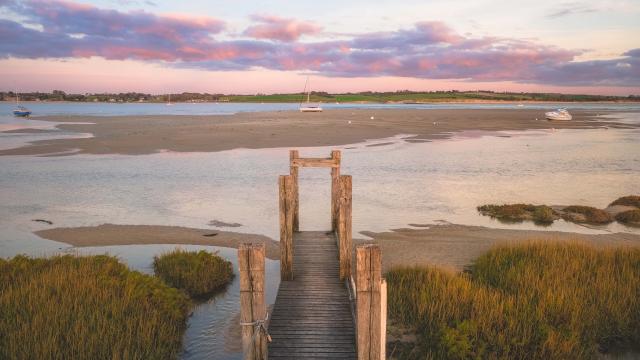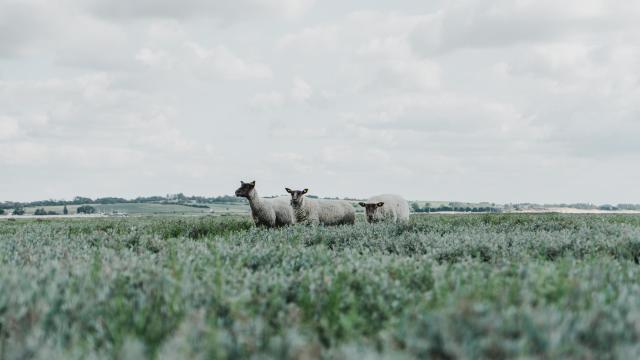If we say to you: Belval. It’s easy, it’s all in the name! Made up of “bel” (beautiful) and “val” for the valley or dales, this commune, which had several spellings (Bella Valle, Belleval) before today, simply meant “beautiful valley”, “beautiful” in the sense of abundant/fertile.Today, it simply means “beautiful valley”, “beautiful” in the sense of abundant/fertile. South of Coutances lies the “nid de corbeau” (raven’s nest), known today as ” Nicorps” . (also seen as Nicor, Nicorb, Nidus Corvi), whose name is thought to be composed of the Latin words “nidus” (nest) and “corvus” (crow). Gavray (also known as Wavreti, Wavreium), on the other hand, derives from the Celtic word “wob(e)ro” or “wab(e)ro”, meaning “wooded/ scrubby/ uncultivated land”. Its meaning declined with time and linguistic evolution, eventually coming to characterize an underground stream, in the Gallic language “vobero”. It then became Guabreum, Guavreum, Gavraium, Gavreyum, which could be related to the ancient word “Gave”, a valley irrigated by a river.
